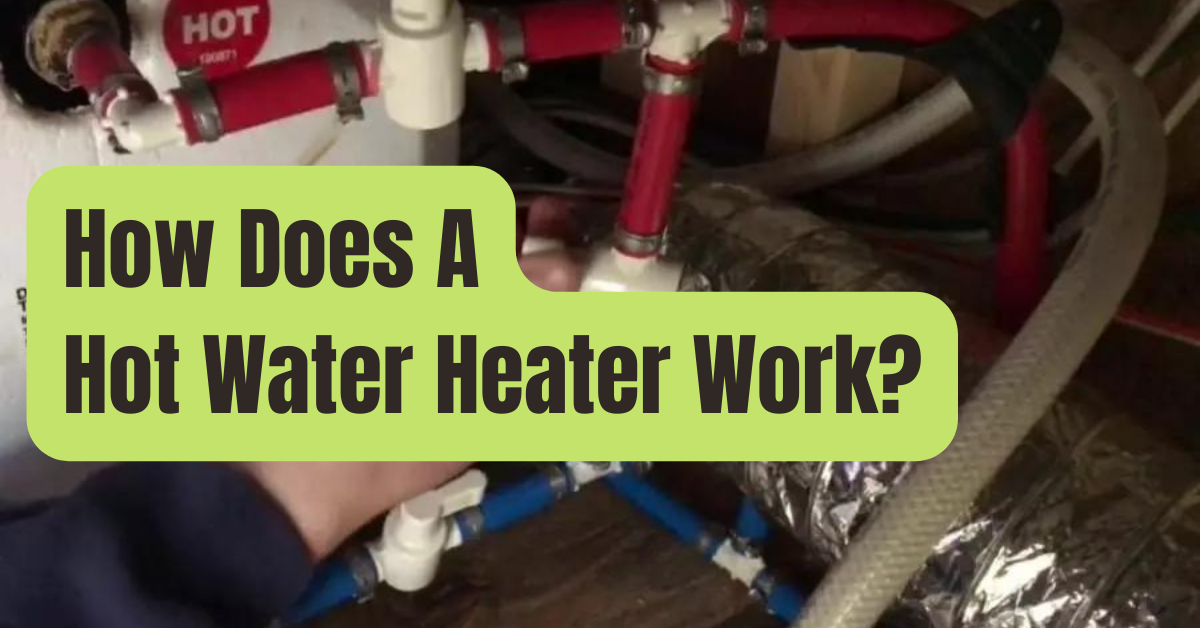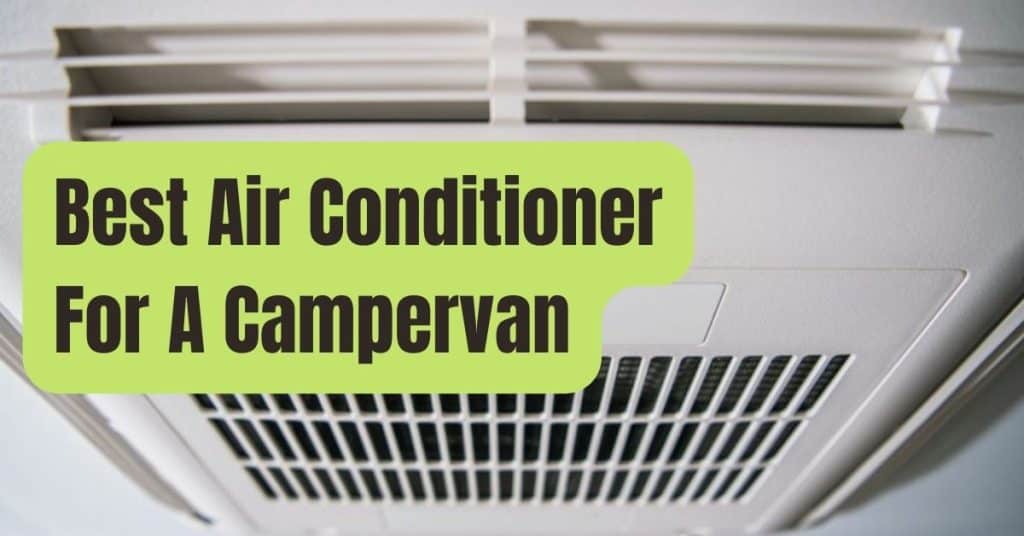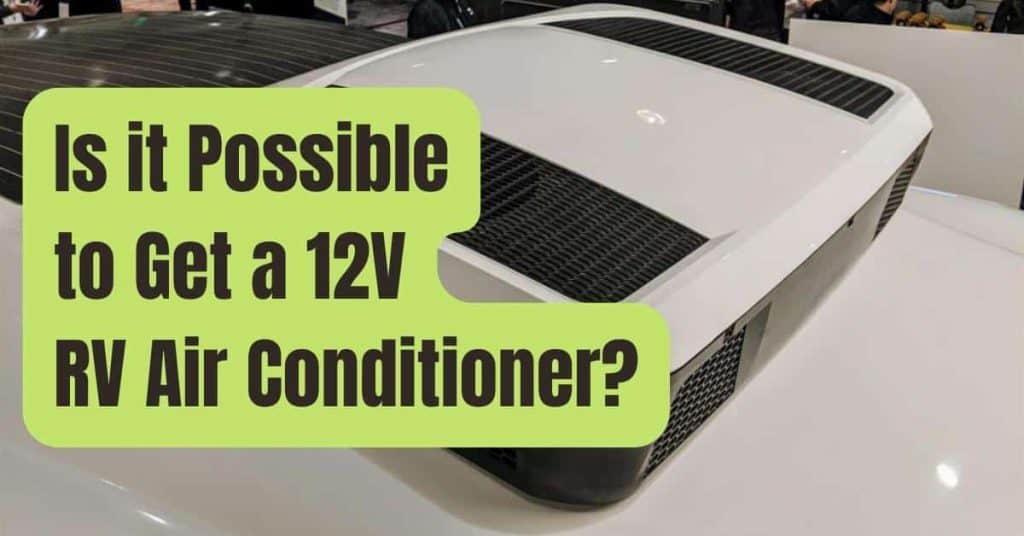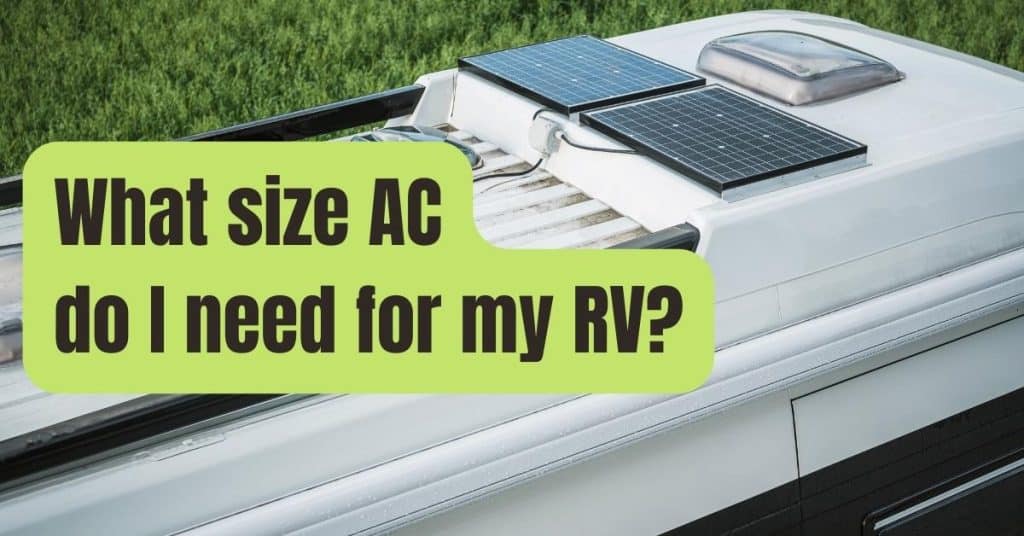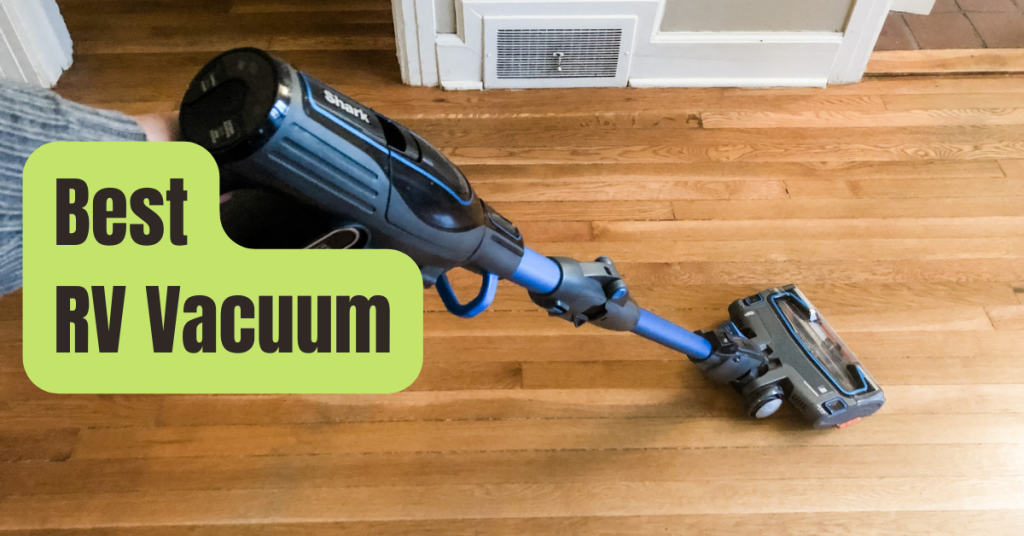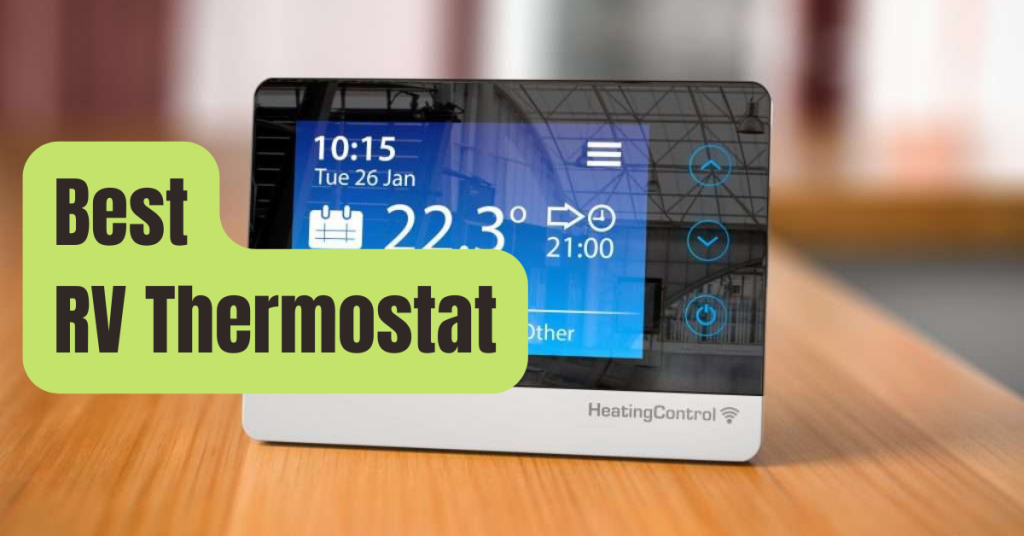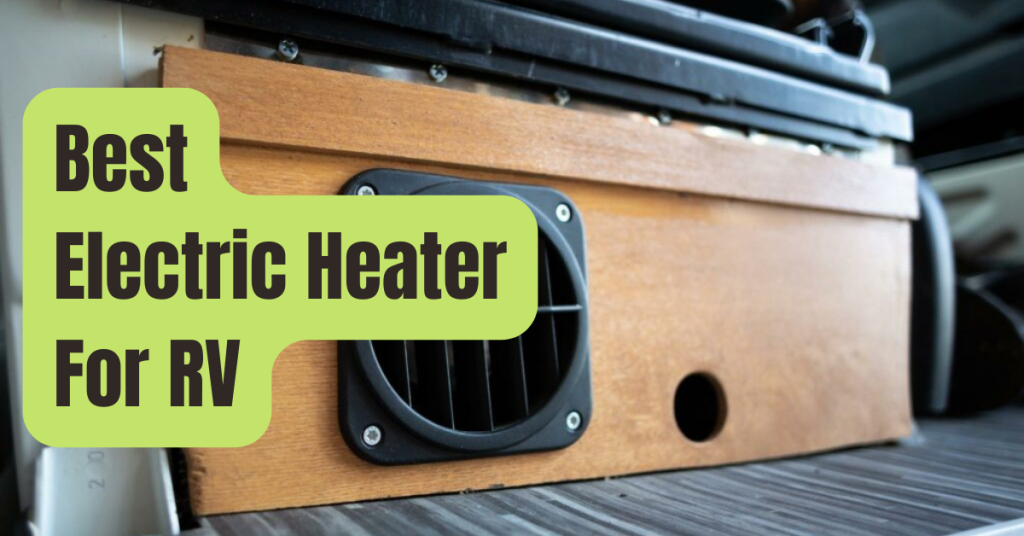Except for the absence of the two heating components, a gas heater resembles an electric heater in appearance.
The chimney rises through the centre of the tank, passing the gas burner at the bottom.
Depending on the season, the water entering your house travels via a network of pipes and is often chilly or cool.
You need a water heater to have warm enough water to run your dishwasher or washing machine, take a hot shower, or bath, etc.
The majority of houses include common devices like water heaters.
They often resemble large metal cylinders or tall drums that are frequently kept in the basement or laundry area.
The old, dependable water heater design that is currently most widely used in the U.S.
is actually a pretty simple appliance; it essentially consists of a drum filled with water and equipped with a heating mechanism on the bottom or inside.
Newer styles have some interesting features, like losing the tank completely in favor of water-on-demand.
Water heaters are nonetheless really fantastic, despite the fact that they lack intricacy and drama.
They are intriguing since they efficiently send hot water to your faucet by using the heat-rising concept.
Do not be deceived by the straightforward form that is covered in its woolly insulating cloak.
For something that seems so commonplace on the exterior, water heaters have an innovative design within.
We’ll dive into some hot water in the following pages and examine more closely at what’s actually happening in that huge steel water heater in your basement.
A Water Heater’s Interior
Let’s quickly review the parts of your water heater that cooperate to make your morning shower so pleasurable:
- Tank: A water heater’s inner tank is made of strong metal and has a water-protective liner within. It can store 40 to 60 gallons (151 to 227 liters) of hot water at a pressure of 50 to 100 pounds per square inch (PSI), which is within the range of a normal home water system. An insulating substance like polyurethane foam is used to coat the outside of the tank. A beautiful outer shell and sometimes an extra insulating blanket are placed on top of it.
- Dip tube: Water is heated at the bottom of the tank after entering the water heater via the dip tube at the top of the tank.
- Stopcock: The stopcock prevents water from entering the water heater. It’s not a part of the heater that’s outside and above the appliance.
- Heat-out pipe: Suspended towards the top of the tank’s interior, the heat-out pipe permits hot water to depart the water heater.
- Thermostat: A thermometer and temperature-controlling appliance. There may be a separate thermostat for every element in certain electric water heaters.
- Heating mechanism: To heat water, electric water heaters have heating devices inside the tank. Instead, a burner and chimney arrangement is used by gas water heaters.
- Drain valve: The drain valve, which is close to the bottom of the outside housing, makes it simple to empty the tank so that the elements may be replaced, sediment can be removed, or the tank can be moved.
- Pressure release valve: This safety feature maintains safe pressure levels inside the water heater.
- Sacrificial anode rod: Made of magnesium or aluminum with a steel core, the sacrificial anode rod is hung in the water heater tank to assist prevent corrosion.
Let’s now examine how these components function as a unit to provide hot water to you.
Ice, Baby Ice! Too chilly
The bottom heating element within the tank may have burnt out if your electric water heater is taking longer than usual to heat the water.
It could also be time to empty the sediment buildup in your tank by using the drain valve.
The Water is Warmed
To better understand how efficiently and effectively a water heater operates, let’s take a closer look at what happens within the tank.
The thermostat of a water heater regulates the temperature of the water within the tank.
Typically, you have a range of 120 to 180 degrees Fahrenheit to choose from when setting the temperature (49 to 82 degrees Celsius).
Most manufacturers advise setting the water temperature between 120 and 140 degrees Fahrenheit (49 to 60 degrees Celsius).
This temperature balances being effective for domestic usage with not being blistering hot.
It is advisable to keep closer to the lower end of the spectrum if you have youngsters living in your house.
Setting your water heater to a lower temperature also reduces energy use, and you may further reduce energy use if you remember to adjust the heat while you are on vacation.
The thermostat often includes a knob or dial you may turn to adjust the temperature.
It is usually hidden under a protective cover plate.
The dip tube transports cold water from the water pipes in your house to the inside bottom of the tank, where it begins to warm up.
Until the water reaches temperature, the heating element or burner remains active.
The water in the tank rises to the top as it warms.
The heat-out pipe is situated close to the tank’s top.
Due to the fact that hot water naturally rises above denser, colder water, the water leaving the water heater at the top is always the warmest water in the tank at any one time.
The design of a water heater depends on the idea that heat rises to carry out the difficult task of separating cold, arriving water from hot, exiting water.
The remainder is handled by the heat-out pipe’s location at the tank’s top.
Who’s up for tankless?
Tankless water heaters are becoming more and more common, despite the fact that tank type water heaters are still highly popular, particularly in the US.
A tankless system produces hot water when needed, as opposed to a tank-style water heater which continually warms the water to make it accessible when you need it.
A tankless system may initially cost up to three times as much as a typical water heater setup, despite the potential for significant energy savings.
FAQs
What is a tankless water heater’s drawback?
An energy-efficient tankless water heater is available.
However, compared to a typical water heater arrangement, it might cost up to three times as much to acquire initially.
How much does a tankless water heater cost?
Tankless water heaters are expensive initially, but they’re also very energy-efficient, which lowers your monthly energy expenditure.
What about electric water heaters?
Electric water purifiers are particularly well-liked in part because to their minimal initial investment.
However, they operate more expensively than a gas water heater and have a rather long heating period.
Can a house owner set up a water heater on their own?
Most laws or regulations allow homeowners to build their own water heaters as long as they get an examination beforehand.
Which kind of water heater—a standard one or a tankless one—is preferable?
Tankless water heaters are becoming increasingly popular on the market because of their tiny size, energy efficiency, and extended lifetime.
Regular water heaters typically last 10 years, while tankless models may last up to twenty.

